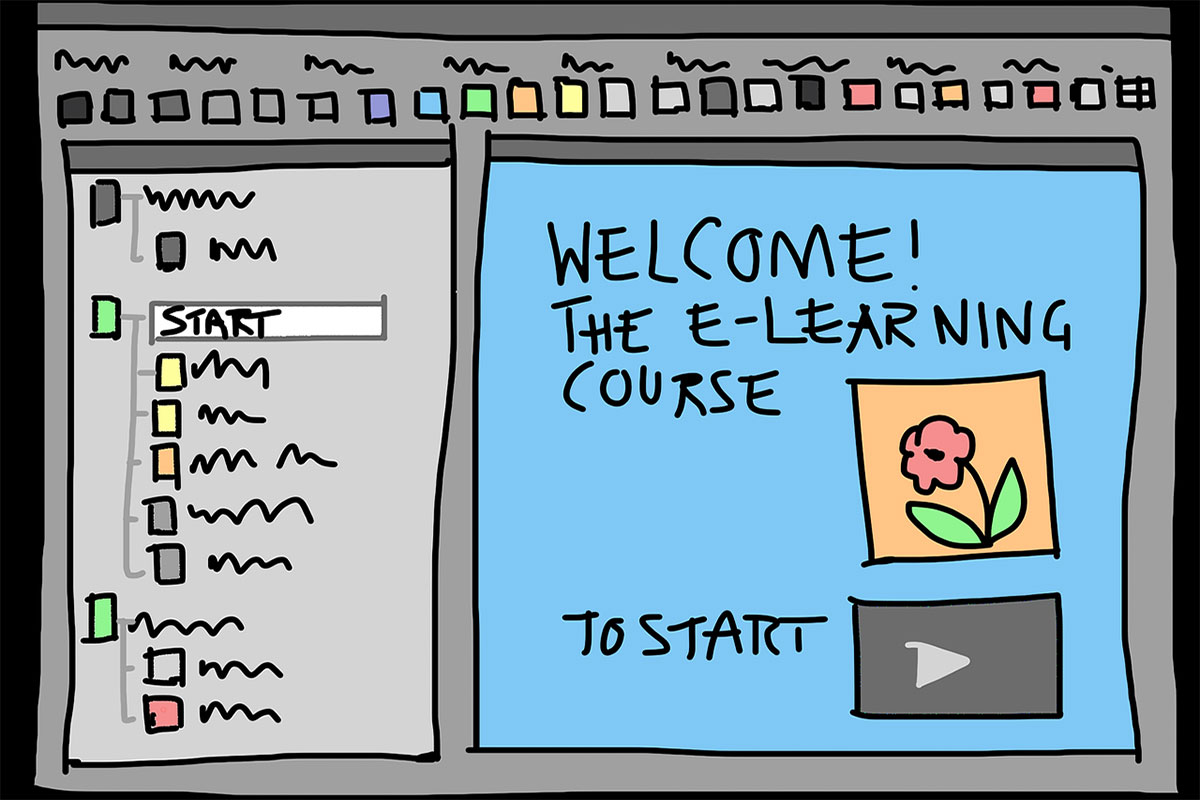Organizations across sectors must adhere to regulatory requirements in the changing business environment. Failure to comply with these regulations can lead to penalties, legal consequences, and reputational harm. To effectively manage compliance training in the face of increasing complexity, many organizations are turning towards Learning Management Systems (LMS).
Understanding the Function of a Learning Management System
A Learning Management System (LMS) is a software application that empowers organizations to create, administer, and oversee training programs for their workforce. It serves as a centralized platform for developing, managing, tracking, and reporting on learning activities. It also empowers organizations to provide LMS certification courses for better performance and productivity.
The Role of LMS in Ensuring Regulatory Compliance
Compliance training ensures employees adhere to specific laws, regulations, industry standards, and internal policies. Leveraging an LMS provides advantages when it comes to meeting requirements.
1. Centralized Training Management
An LMS enables organizations to consolidate all their training resources and programs within a single central repository. This simplifies the management and tracking of compliance training across the organization. By centralizing training management processes through an LMS platform, organizations can ensure consistency in the delivery and documentation of training programs.
2. Customized Training Programs
With the help of a Learning Management System (LMS), organizations can design training programs tailored to their requirements. They can create engaging content that addresses the needs of their workforce, ensuring that employees receive effective training to comply with regulations.
3. Automated Tracking and Reporting
LMS platforms offer automated tracking and reporting features, making it easier to monitor employee progress and compliance. Organizations can effortlessly keep track of employee training activities, including course completions, assessment scores, and certifications. This allows organizations to demonstrate compliance with requirements and generate reports for audits or inspections without hassle.
4. Real-time Accessibility
An LMS provides real-time access to training materials, ensuring that employees always have up-to-date information regarding requirements. This is particularly crucial in industries where regulations undergo updates. Through an LMS, organizations can swiftly deliver updated content to ensure that employees stay informed about any regulation changes.
5. Mobile Learning
Many LMS platforms support mobile learning, enabling employees to access training materials anywhere using their devices. This feature proves beneficial for organizations with a distributed workforce. Mobile learning empowers employees to complete compliance training at their own pace, enhancing flexibility and convenience.
6. Enhance the Training Experience
To promote employee engagement, it is essential to acknowledge that compliance training can often seem dull and uninteresting. However, a Learning Management System (LMS) can significantly enhance the training experience by making it more captivating and interactive. LMS platforms can incorporate gamification elements, such as quizzes, badges, and leaderboards, which serve as incentives to motivate employees to complete their training. It improves their knowledge retention and ensures active participation in the learning process.
7. Integration with Existing Systems
Furthermore, LMS platforms integrate with human resources, payroll, and performance management systems. This integration allows for the sharing of training data across platforms. Consequently, compliance tracking and reporting have become more efficient and accurate.
LMS Implementation Tips for Regulatory Compliance
Here are some valuable tips for implementing an LMS to ensure regulatory compliance.
- Thoroughly evaluate your organization’s requirements before proceeding with the implementation of an LMS. Identify the regulations within your industry. Assess the training needs of your workforce accordingly.
- Choose an LMS platform that aligns with your organization’s requirements and learning objectives. Consider user-friendliness, scalability, reporting capabilities, and available integration options.
- Develop captivating training materials and encourage employee participation while ensuring they retain the knowledge. Incorporate multimedia elements, simulations, real-life examples, and case studies to make the training experience more enjoyable and impactful.
- Provide support and maintain open lines of communication with employees throughout the training process. Clearly communicate the significance of compliance training. Address any queries or concerns that employees may have.
- Continuously evaluate training effectiveness to monitor and update the effectiveness of your compliance training programs. Analyze assessment scores and gather feedback from employees. Consider compliance metrics to identify areas for improvement and implement adjustments.
Conclusion
In today’s business landscape, organizations must meet requirements effectively. Implementing a Learning Management System (LMS) can streamline compliance training management, optimize training effectiveness, and simplify reporting processes. By harnessing the capabilities of an LMS, organizations can ensure their workforce is well-trained and compliant with evolving standards.









